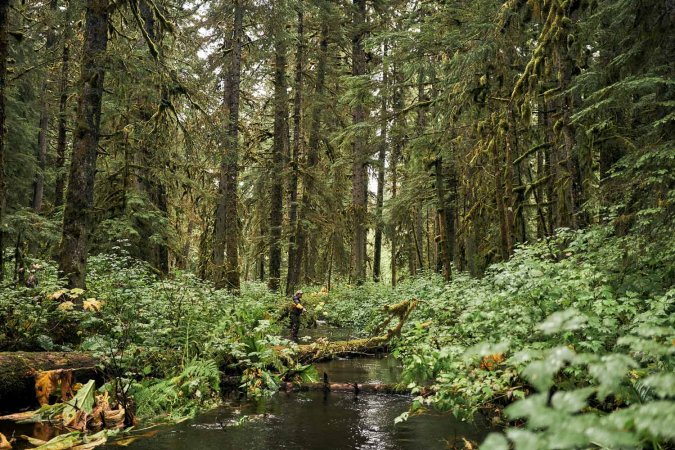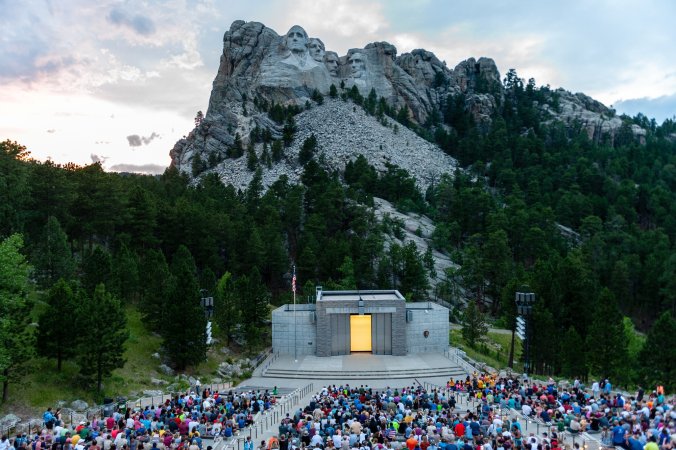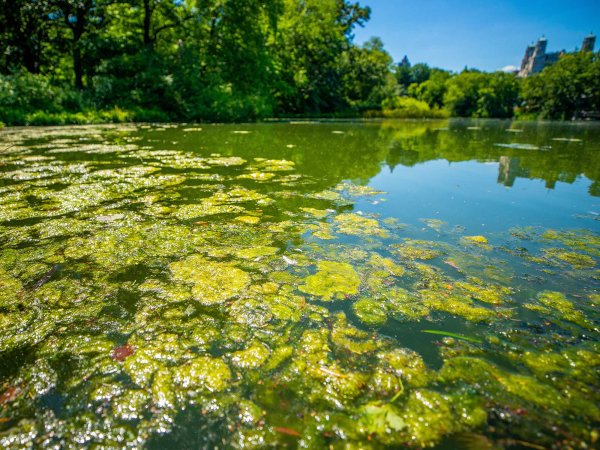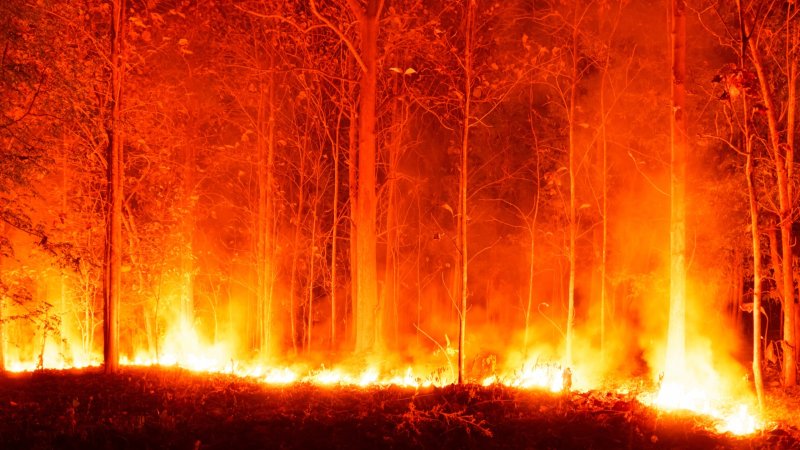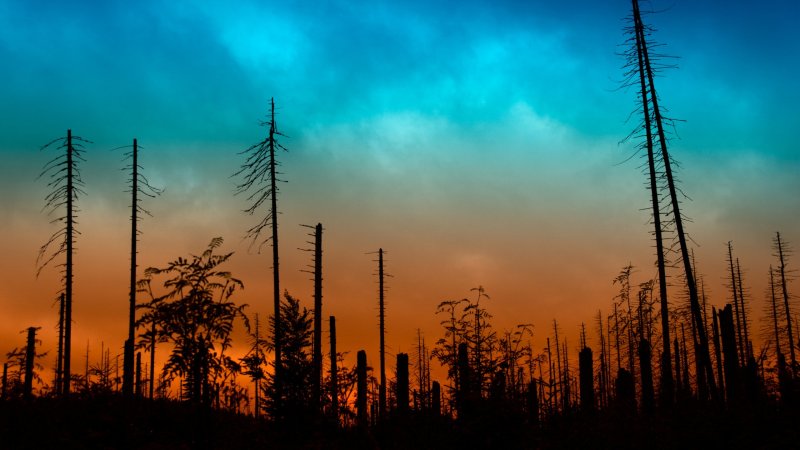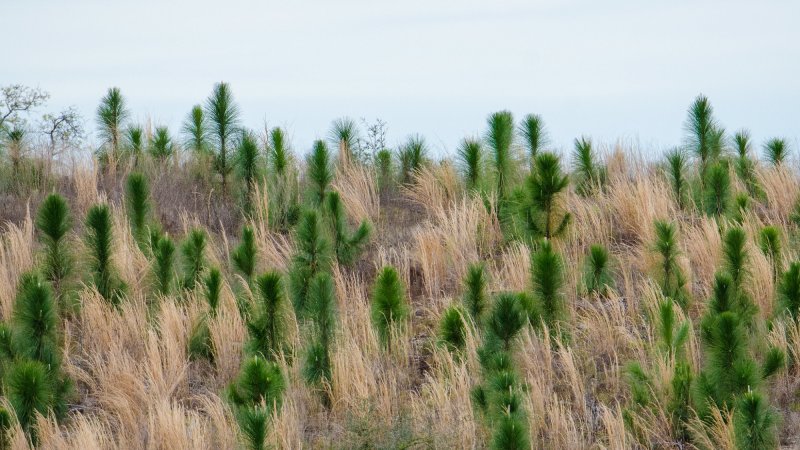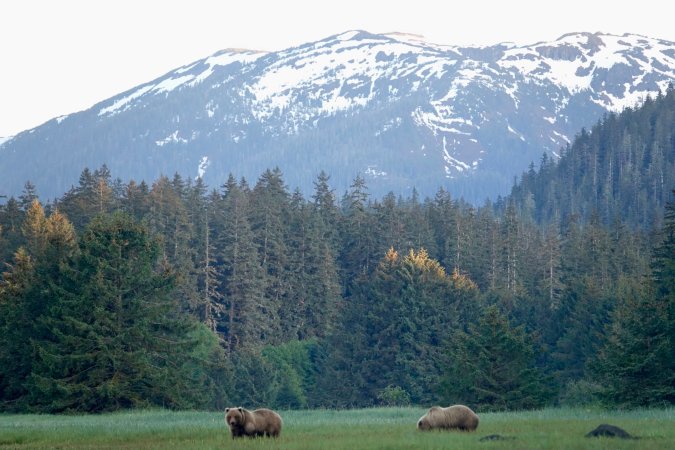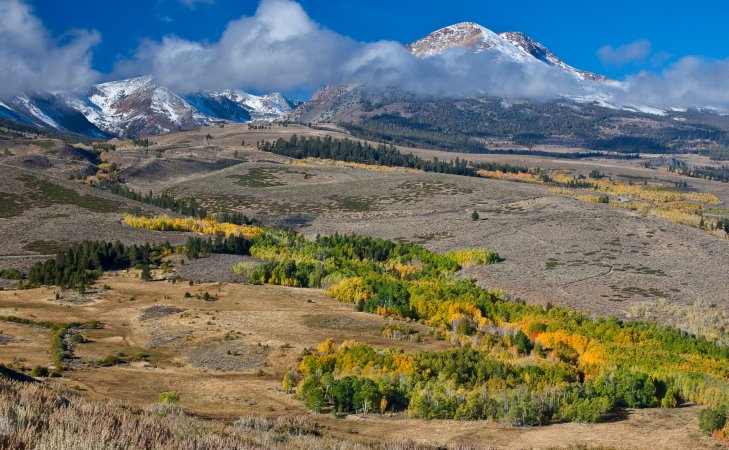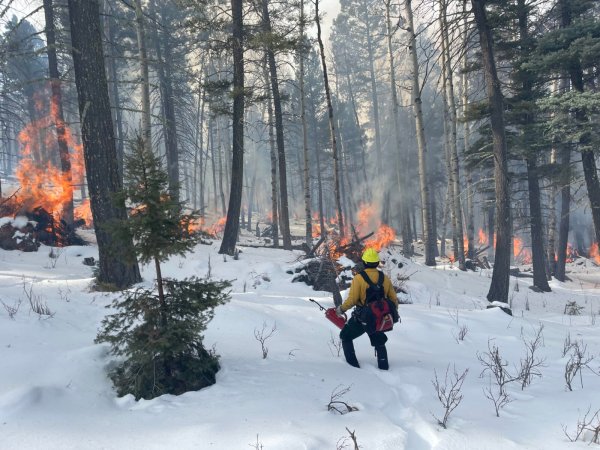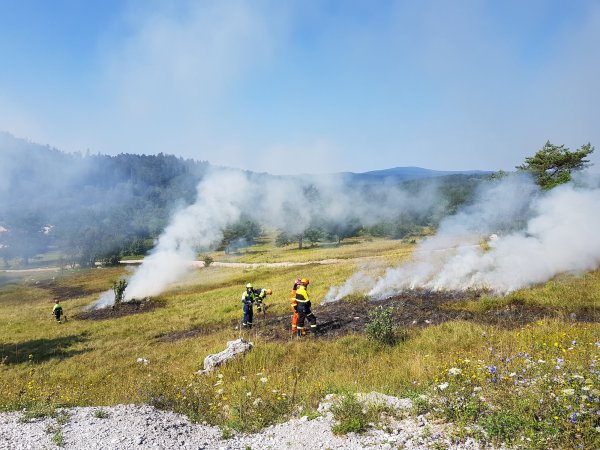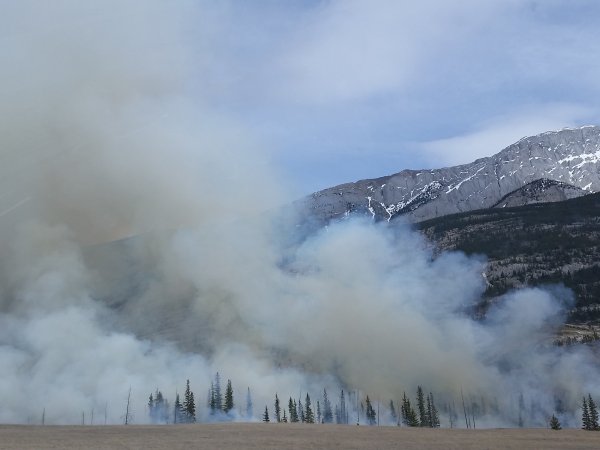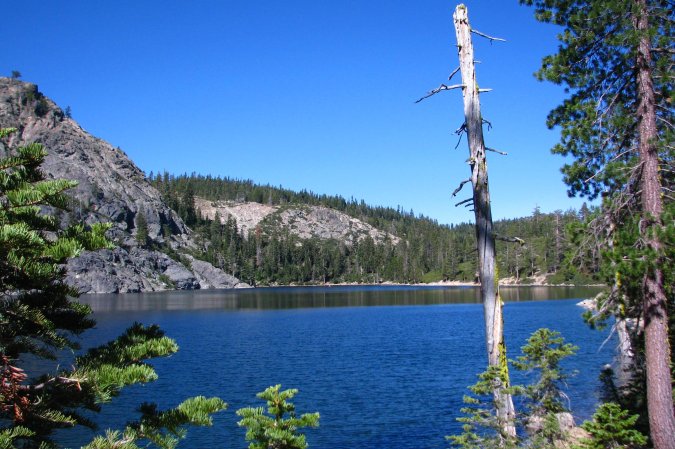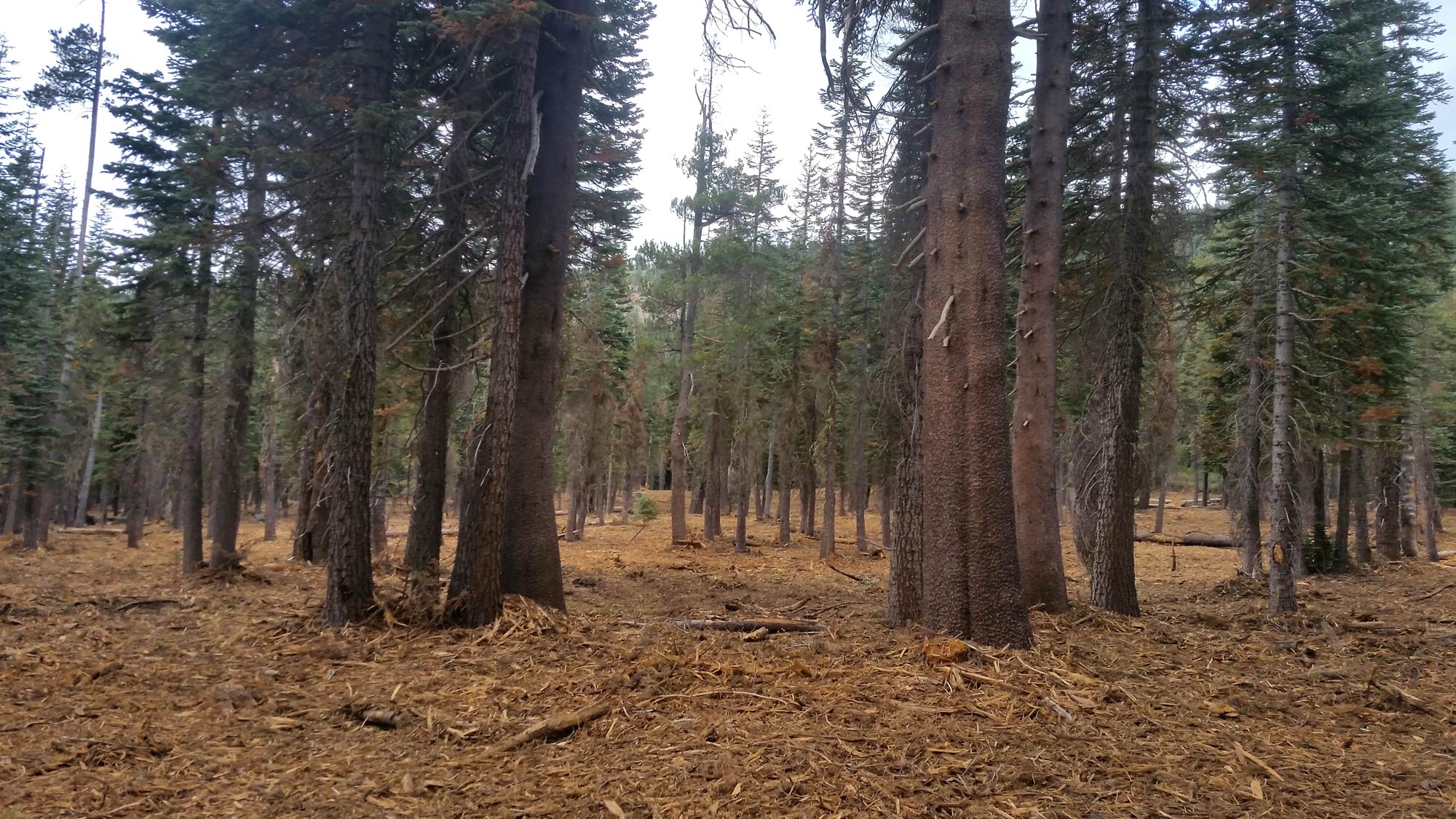

Roger Bales is a distinguished professor of Engineering at the University of California, Merced. Martha Conklin is a professor of Engineering at the University of California, Merced. This story originally featured on The Conversation.
As California contends with its worst wildfire season in history, it’s more evident than ever that land management practices in the state’s forested mountains need major changes.
Many of California’s 33 million acres of forests face widespread threats stemming from past management choices. Today the U.S. Forest Service estimates that of the 20 million acres it manages in California, 6 to 9 million acres need to be restored.
Forest restoration basically means removing the less fire-resistant smaller trees and returning to a forest with larger trees that are widely spaced. These stewardship projects require partnerships across the many interests who benefit from healthy forests, to help bring innovative financing to this huge challenge.

We are engineers who work on many natural resource challenges, including forest management. We’re encouraged to see California and other western states striving to use forest management to reduce the risk of high-severity wildfire.
But there are major bottlenecks. They include scarce resources and limited engagement between forest managers and many local, regional and state agencies and organizations that have roles to play in managing forests.
However, some of these groups are forming local partnerships to work with land managers and develop innovative financing strategies. We see these partnerships as key to increasing the pace and scale of forest restoration.
Dry, crowded forests
Many conifer forests in the western US contain too many trees, packed too closely together. This crowding is a result of past management practices that suppressed wildfires and prioritized timber harvesting. In recent years, climate warming, accumulation of dead wood on the forest floor and a buildup of small trees—which serve as “ladder fuels,” moving fire from the forest floor up into the canopy—have led to hotter, larger wildfires.
Under contemporary conditions, trees in California’s forests experience increased competition for water. The exceptionally warm 2011-2015 California drought contributed to the death of over 100 million trees. As the forest’s water demand exceeded the amount available during the drought, water-stressed trees succumbed to insect attacks.
Funding is a significant barrier to scaling up treatments. Nearly half of the Forest Service’s annual budget is spent on fighting wildfires, which is important for protecting communities and other built infrastructure. But this means the agency can restore only a fraction of the acres that need treatment each year.

The benefits of restoration
Forest restoration provides many benefits in addition to reducing the risk of high-severity wildfires. It reduces tree deaths and provides a foundation for sustaining carbon stored in trees and soil. Removing trees reduces water use in the forest, making more water available for the remaining trees, for in-stream flows and for food production and urban areas downstream.
Increased streamflow also enhances electricity generation from hydropower plants, offsetting use of fossil fuels to produce electricity and contributing to state greenhouse gas reduction initiatives.
Restoring forests reduces the erosion that often follows wildfires when rain loosens exposed soil, damaging roads, power lines and ecosystems and depositing sediments in reservoirs. And it improves rural mountain economies by supporting local jobs.

Mountain headwater forests are an integral part of California’s water infrastructure. They store winter snow and rain and release moisture slowly to rivers for downstream irrigation and municipal supplies during the state’s dry summers. That’s why supporting forest restoration is also gaining traction with downstream water and hydropower providers.
Residents across the western US had weeks of unhealthy air this summer owing to smoke from wildfires. Short of curbing climate change that is making forests more flammable, reducing fuels is the best tool to lower smoke emissions.
Like many others, we both find that spending time in mountain conifer forests is a great source of renewal. We believe that many people who live in, visit, or wish to sustain healthy mountain forests would be willing to support public investments in forest restoration.
Finding ways to monetize the value of less obvious benefits, such as ecological health and biodiversity, could help drive that investment.
Expanding partnerships
What’s the best way to create more public-private partnerships to scale up forest restoration? Two current ventures in the American and Yuba river basins of the central Sierra Nevada offer lessons to build on.
First, it takes a dozen or more dedicated partners to plan, fund and carry out these projects. Under contracts called stewardship agreements, the Forest Service—which owns the land—does the environmental assessment and provides oversight. Project partners plan, carry out and finance forest treatments.
Second, depending on what kind of treatment they use, restoration can cost from $700 to $4,000 per acre. This funding may come from state grants, foundation grants and loans, timber revenue or local agency contributions. Local agencies may repay loans with water and hydropower revenues.
Third, a major restoration project may stretch over five to 10 years and involve water agencies, county governments, the Forest Service, nongovernmental organizations, state agencies and the University of California.
Doing a project right involves much more than just cutting trees. From our experience, there are three key ingredients: accurate data for planning restoration treatments, credible methods for projecting and verifying the benefits that these treatments will produce, and incentives to bring parties together for the duration of the project.
Building public support
Current projects in California have relied heavily on state grants. Going forward, the state will need more funding sources to match the goal in an August 2020 Shared Stewardship agreement in which California and the Forest Service set a target of treating 1 million acres per year for 10 years.
At even $1000 per acre, treating 1 million acres will cost $1 billion per year. This figure does not include repeating treatments as forests regrow, which will be required in many areas to eventually restore a natural fire regime.
California is increasing the pace and scale of forest restoration, but needs to step up this effort considerably. Gov. Gavin Newsom’s new Executive Order to use California land to fight climate change, conserve biodiversity and boost climate resilience signals a strong intent, but meeting this multi-billion-dollar challenge will require more partners. We also see an important role for organizations working to educate and engage larger segments of the public through news stories, films, social media, and agency outreach.
A warming climate is intensifying risks to forests that are already stressed by wildfires, drought, and pests. Sustaining California’s iconic mountain forests requires acknowledging the multiple values they provide, and including the many groups who benefit from them in finding and implementing solutions.
